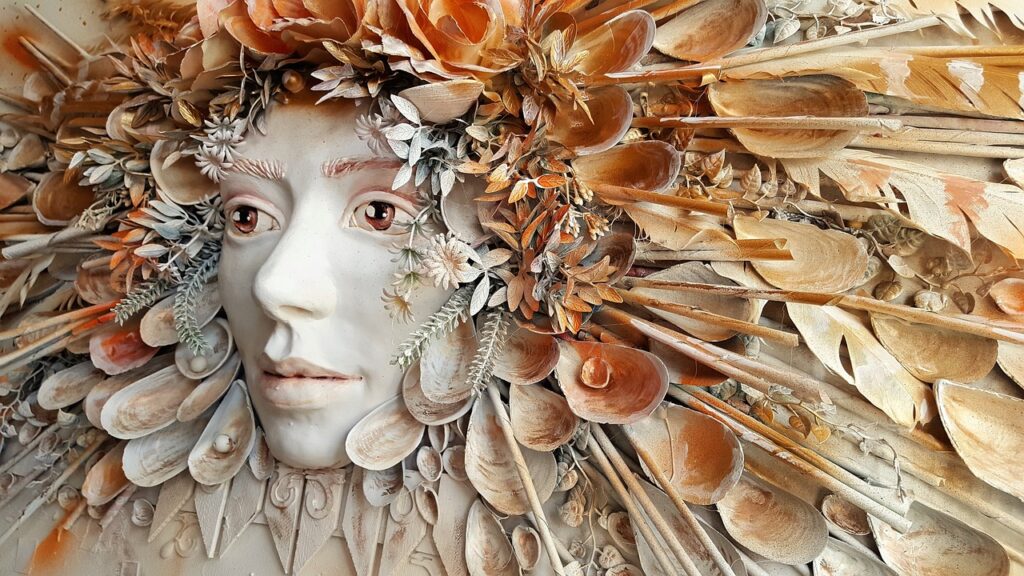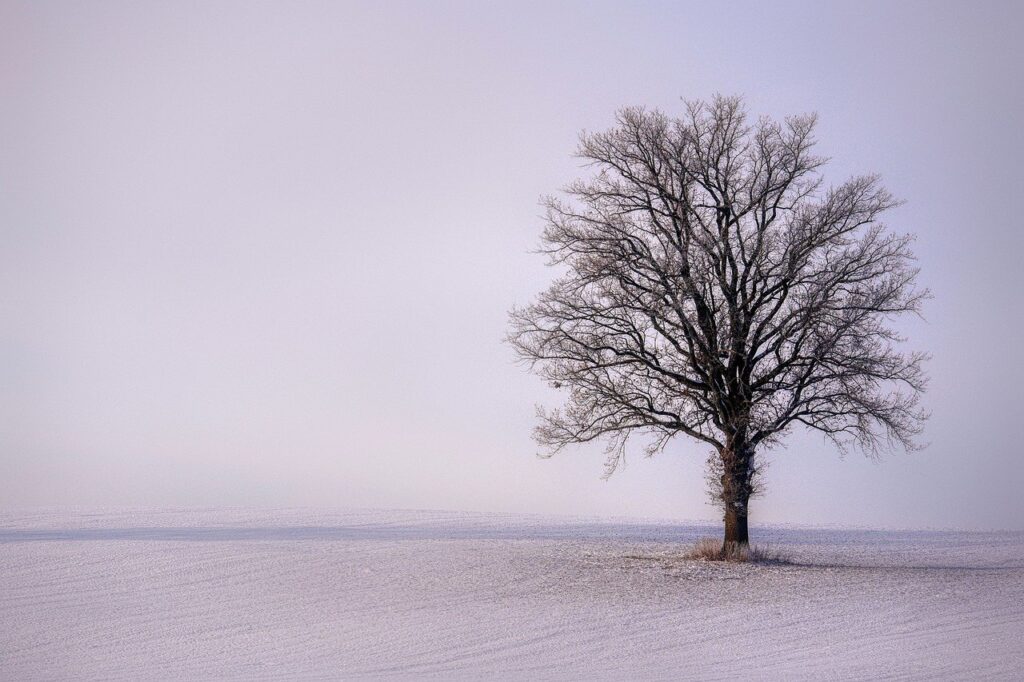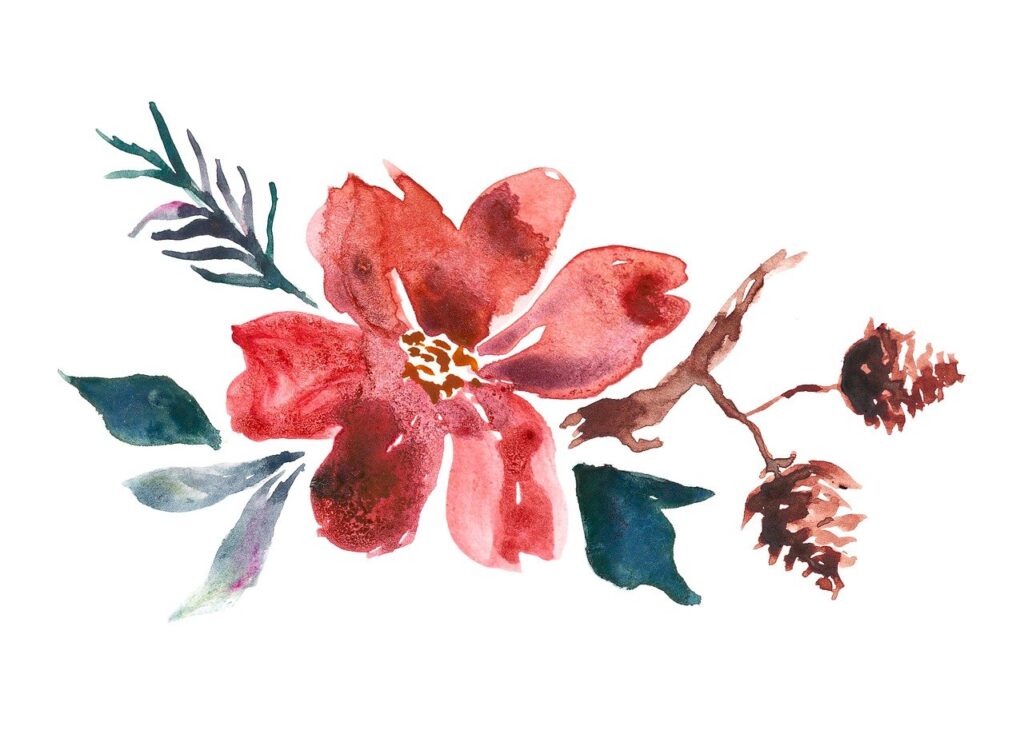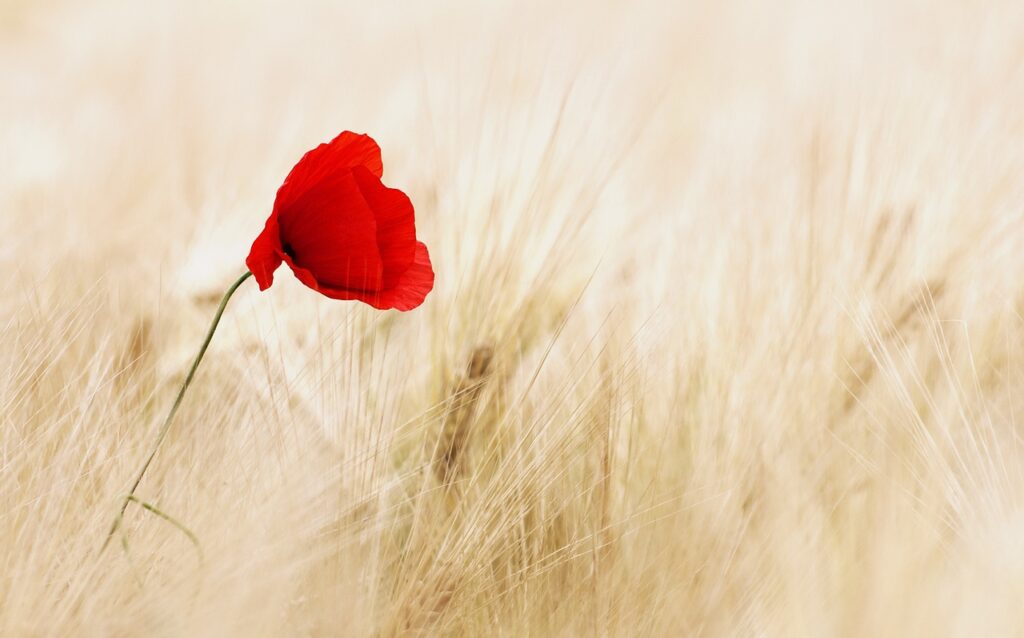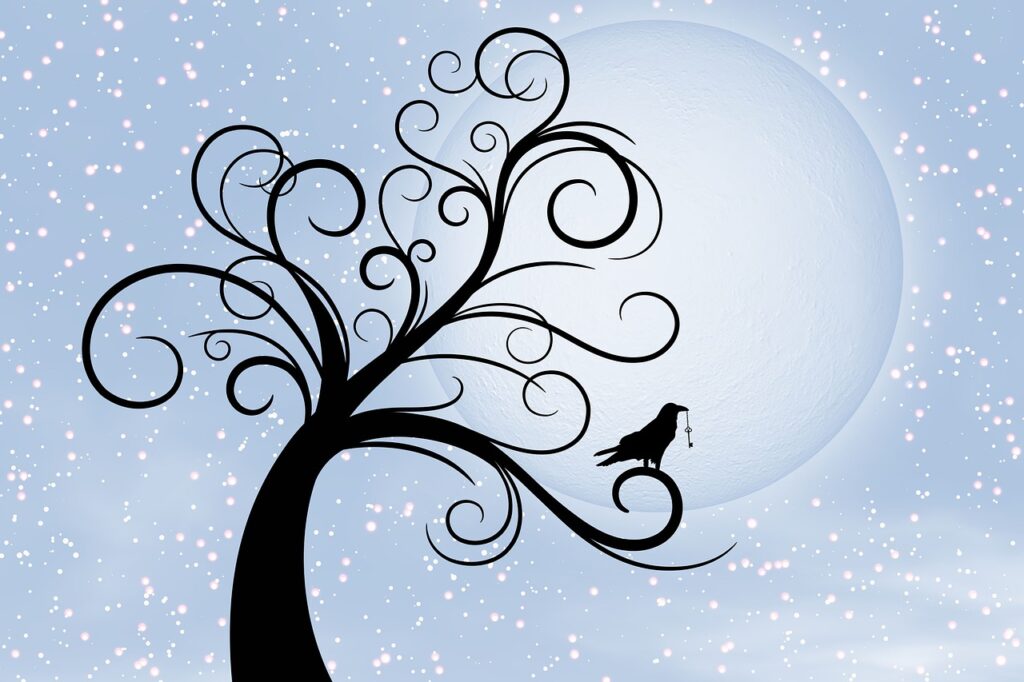Creating a collage isn’t just about cutting and pasting random pieces together. It’s a deeply personal and creative process that involves careful thought and intention. Whether you’re a seasoned artist or just starting out, having a clear theme or intention can transform your collage from a simple craft project into a meaningful piece of art. In this article, we’ll explore 30 powerful themes and intentions that will help you conceptualize your next collage masterpiece.
Understanding Themes and Intentions in Collage Art
Why Themes Matter
Themes give your collage direction and purpose. They act as the backbone of your artwork, guiding your choice of materials, colors, and compositions. Without a theme, your collage might lack coherence and impact. Think of a theme as the story you’re trying to tell through your art.
Setting Intentions
Intentions go hand-in-hand with themes. While a theme provides the overarching idea, an intention focuses on what you want to achieve or communicate with your collage. It’s about the emotions you want to evoke or the message you want to send. Setting intentions helps to clarify your creative goals and keeps you motivated throughout the artistic process.
30 themes and intentions to inspire your conceptualization of collages
Celebrate the beauty of natural elements:
- Description: This theme invites you to honor the exquisite details found in nature—majestic trees, graceful birds, vibrant flowers, and serene landscapes. It’s about capturing the harmonious rhythm of the natural world.
- Techniques:
- Layering: Use various materials like textured paper, fabric, or dried leaves to create depth.
- Composition: Arrange elements thoughtfully, considering balance and focal points.
- Color Palette: Opt for earthy tones, greens, and blues.
- Emotional Connection: Feel the awe and wonder that nature inspires. Imagine the rustling leaves, the chirping birds, and the gentle sway of branches.
Metamorphosis:
- Description: Metamorphosis symbolizes transformation, growth, and change. Think of butterflies emerging from cocoons or the life cycles of plants.
- Techniques:
- Collage Cutouts: Combine images of caterpillars, chrysalises, and butterflies.
- Transparency: Overlay translucent materials to represent transition.
- Symbolic Elements: Include clocks, hourglasses, or spirals.
- Emotional Connection: Reflect on personal growth and the beauty that emerges from life’s transitions.
Dreamscapes:
- Description: Dreamscapes blend reality with imagination. Celestial bodies, whimsical creatures, and mysterious landscapes come together.
- Techniques:
- Blending: Seamlessly merge disparate images.
- Transcendence: Use celestial motifs like stars, moons, and galaxies.
- Surreal Elements: Incorporate unexpected elements.
- Emotional Connection: Dive into the magical realm where dreams and reality intertwine.
Journey of the Soul:
- Description: Symbolize life’s journey through visual metaphors. Paths, bridges, and footsteps evoke personal growth, challenges, and self-discovery.
- Techniques:
- Pathways: Use winding roads, bridges, or stepping stones.
- Texture Play: Combine smooth and rough materials.
- Layered Storytelling: Each element represents a chapter in your life.
- Emotional Connection: Contemplate your own journey—where you’ve been and where you’re headed.
Urban Exploration:
- Description: Capture the essence of city life juxtaposed with nature. Skyscrapers, street signs, and bustling crowds meet organic elements.
- Techniques:
- Collage Clashes: Place urban and natural elements side by side.
- Texture Contrast: Smooth cityscapes against textured leaves.
- Negative Space: Let emptiness represent the urban hustle.
- Emotional Connection: Explore the tension between urbanity and the call of the wild.
Time Travel:
- Description: Combine vintage photos with contemporary images to weave stories across different eras. Nostalgia and curiosity collide in this theme.
- Techniques:
- Overlay: Place old photos atop new ones, creating a sense of time overlap.
- Blend Modes: Experiment with blending modes (e.g., multiply, screen) for seamless integration.
- Narrative Elements: Incorporate clocks, hourglasses, or vintage postcards.
- Emotional Connection: Feel the pull of history and the intrigue of parallel timelines.
Emotional Landscapes:
- Description: Abstract shapes, colors, and textures express a range of emotions. Each layer becomes a canvas for feelings.
- Techniques:
- Color Symbolism: Use warm hues for passion, cool tones for calmness.
- Collage as Catharsis: Let your emotions flow onto the paper.
- Texture Variety: Combine smooth and rough materials.
- Emotional Connection: Pour your heart into the layers, allowing your inner landscape to unfold.
Hidden Messages:
- Description: Conceal words or phrases within your collage. Invite viewers to decode the hidden meaning.
- Techniques:
- Typography: Cut out letters from magazines or handwritten notes.
- Camouflage: Integrate text seamlessly into the composition.
- Puzzle Pieces: Arrange words like a cryptic puzzle.
- Emotional Connection: Revel in the mystery—what whispers lie beneath the surface?
Cosmic Connections:
- Description: Use celestial motifs—stars, planets, galaxies—to explore interconnectedness and cosmic wonder.
- Techniques:
- Stardust Sprinkling: Scatter tiny star shapes across the collage.
- Galactic Layers: Overlay cosmic images with earthly elements.
- Infinite Space: Let the edges blur into the cosmos.
- Emotional Connection: Contemplate our place in the vast universe.
Memories in Monochrome:
- Description: Create a grayscale collage using old family photos. Reflect on memories, ancestry, and the passage of time.
- Techniques:
- Vintage Imagery: Use faded photographs, antique keys, or sepia-toned images.
- Layering: Stack memories like old letters in a drawer.
- Weathering Effects: Distress the edges for an aged look.
- Emotional Connection: Honor the stories etched in black and white.
Harmony and Chaos:
- Description: Contrast orderly patterns with chaotic elements. Explore the delicate balance between structure and unpredictability.
- Techniques:
- Torn Edges: Rip paper for organic chaos against geometric shapes.
- Collage Grids: Arrange snippets in a structured grid, then disrupt it.
- Color Play: Use complementary colors for tension.
- Emotional Connection: Contemplate the dance between stability and randomness.
Whispers of the Wind:
- Description: Incorporate feathers, leaves, and wind-blown textures. Symbolize fleeting moments and gentle breezes.
- Techniques:
- Transparency: Overlay delicate materials like tissue paper.
- Flowing Lines: Use curving shapes to evoke wind currents.
- Lightness: Let your collage feel weightless.
- Emotional Connection: Listen to the whispers carried by the wind.
Underwater Realms:
- Description: Dive into oceanic themes—corals, fish, shipwrecks. Explore depth, mystery, and hidden treasures.
- Techniques:
- Layered Depths: Stack images to create underwater scenes.
- Blue Hues: Use shades of blue and green.
- Texture Variation: Combine smooth and rough elements.
- Emotional Connection: Imagine the secrets held beneath the waves.
Abstract Portraits:
- Description: Deconstruct faces into geometric shapes, textures, and fragments. Express inner emotions.
- Techniques:
- Facial Features: Isolate eyes, lips, or noses.
- Collage Anatomy: Use torn paper to form abstract features.
- Color Psychology: Different hues evoke varied emotions.
- Emotional Connection: Reveal the hidden facets of identity.
Alchemy and Transformation:
- Description: Merge scientific symbols (flasks, alchemical circles) with organic forms. Explore inner alchemy.
- Techniques:
- Symbolic Elements: Include alchemical symbols or ancient texts.
- Metaphorical Layers: Show transformation through visual metaphors.
- Golden Ratio: Arrange elements harmoniously.
- Emotional Connection: Seek the philosopher’s stone within.
Parallel Universes:
- Description: Blend realities—combine photos from different places or dimensions. Create alternate narratives.
- Techniques:
- Collage Fusion: Seamlessly merge disparate scenes.
- Wormholes: Use circular cutouts to connect worlds.
- Story Threads: Imagine characters crossing between universes.
- Emotional Connection: Explore the infinite possibilities.
Botanical Poetry:
- Description: Use pressed flowers, leaves, and botanical illustrations. Celebrate the language of plants.
- Techniques:
- Natural Elements: Press and preserve real botanicals.
- Layered Blooms: Arrange petals and stems.
- Textured Backgrounds: Use watercolor paper or canvas.
- Emotional Connection: Whisper the secrets of blossoms.
Nostalgic Collage:
- Description: Revisit childhood memories—old toys, faded photographs, handwritten letters. Evoke sentimentality.
- Techniques:
- Vintage Ephemera: Include retro elements.
- Faded Imagery: Distress photos for a nostalgic feel.
- Sentimental Colors: Soft pastels or sepia tones.
- Emotional Connection: Recall the sweetness of yesteryears.
Celestial Creatures:
- Description: Imagine mythical beings from constellations. Unleash your imagination with cosmic animals.
- Techniques:
- Animal Hybrids: Combine earthly and celestial features.
- Starry Backgrounds: Use speckled paper or paint.
- Glowing Eyes: Add a touch of magic.
- Emotional Connection: Connect with the mystical and otherworldly.
Textures of Time:
- Description: Layer aged paper, rusted metal, and worn fabric. Symbolize the passage of time.
- Techniques:
- Weathered Surfaces: Distress materials with sandpaper or tea staining.
- Antique Imagery: Use vintage photos.
- Frayed Edges: Let time leave its mark.
- Emotional Connection: Feel the weight of history.
Whimsical Worlds:
- Description: Create fantastical landscapes—floating islands, talking animals, enchanted forests. Let your imagination run wild.
- Techniques:
- Fantasy Elements: Combine unrelated visuals (e.g., a giraffe with butterfly wings).
- Magical Colors: Use vibrant hues.
- Layered Fantasy: Build depth with mystical elements.
- Emotional Connection: Step into a world where gravity bends and dreams flourish.
Cultural Fusion:
- Description: Mix elements from different cultures—patterns, symbols, and artifacts. Celebrate diversity and interconnectedness.
- Techniques:
- Collage Melting Pot: Blend motifs from various traditions.
- Harmonious Chaos: Arrange diverse elements.
- Respectful Representation: Be mindful of cultural context.
- Emotional Connection: Bridge gaps and honor shared humanity.
Surreal Self-Portraits:
- Description: Explore your identity through fragmented self-images. What facets make up your whole?
- Techniques:
- Mirror Reflections: Use mirrored images.
- Symbolic Objects: Include items that represent your interests or emotions.
- Layered Identity: Each piece reveals a different aspect.
- Emotional Connection: Peer into the mirror of self-discovery.
Dreamcatcher Chronicles:
- Description: Use dreamcatchers as central motifs. Weave stories of protection, dreams, and spirituality.
- Techniques:
- Web Weaving: Create dreamcatcher patterns.
- Feathers and Beads: Add tactile elements.
- Dreamy Backgrounds: Use soft gradients.
- Emotional Connection: Capture the essence of hope and the ethereal.
Collage of Contrasts:
- Description: Combine opposites—light and dark, rough and smooth. Explore duality.
- Techniques:
- Texture Play: Pair coarse textures with silky ones.
- High Contrast: Use black and white elements.
- Visual Tension: Place conflicting images side by side.
- Emotional Connection: Balance the yin and yang within.
Lost and Found:
- Description: Incorporate vintage keys, maps, and compasses. Symbolize seeking and discovery.
- Techniques:
- Antique Treasures: Use aged materials.
- Hidden Paths: Integrate keys and maps into the collage.
- Worn Edges: Distress edges for authenticity.
- Emotional Connection: Seek answers in forgotten relics.
Whispers of Words:
- Description: Use snippets of poetry, book pages, or handwritten notes. Let words become visual art.
- Techniques:
- Typography: Arrange text in pleasing compositions.
- Narrative Threads: Connect phrases to create a story.
- Emotional Language: Choose words that resonate.
- Emotional Connection: Hear the echoes of written expression.
Microcosms:
- Description: Zoom in on tiny details—insects, cells, grains of sand. Find beauty in the small.
- Techniques:
- Magnification: Use close-up images.
- Miniature Worlds: Arrange micro-elements.
- Delicate Precision: Pay attention to fine lines.
- Emotional Connection: Marvel at the intricate universe within.
Thresholds and Doorways:
- Description: Explore transitions—open doors, closed gates, secret passages. What lies beyond?
- Techniques:
- Architectural Elements: Use door frames, arches, or portals.
- Mystery and Light: Illuminate thresholds.
- Metaphorical Journeys: Consider personal thresholds.
- Emotional Connection: Step into the unknown.
Ephemeral Beauty:
- Description: Collage with delicate materials—lace, tissue paper, dried petals. Celebrate fleeting moments.
- Techniques:
- Translucent Layers: Overlay tissue paper.
- Fragile Elements: Handle with care.
- Subtle Colors: Soft pastels or neutrals.
- Emotional Connection: Embrace the impermanence of beauty.
Conclusion: Ready to Start Your Collage Journey?
Choosing a theme or intention for your collage can transform your creative process, giving your work depth and meaning. Whether you’re inspired by nature, personal experiences, or social issues, there’s a theme here that will resonate with you. So, what theme are you excited to explore in your next collage? Share your thoughts in the comments below!
FAQs
1. How do I choose the right theme for my collage?
Choose a theme that resonates with you personally or sparks your creativity. Consider what messages or emotions you want to convey through your art.
2. Can I combine multiple themes in one collage?
Absolutely! Combining themes can create a more complex and interesting piece. Just ensure that the elements you choose work well together and convey a coherent story.
3. What materials should I use for my collage?
You can use a wide range of materials, including paper, fabric, photographs, natural objects, and found items. The choice of materials depends on your theme and creative vision.
4. How do I make my collage look cohesive?
Stick to a consistent color palette and composition style. Arrange your elements thoughtfully and ensure that each piece contributes to the overall theme and intention.
5. Can collages be digital?
Yes, digital collages are a great option. You can use graphic design software to combine images, text, and other elements, creating a cohesive digital artwork.

